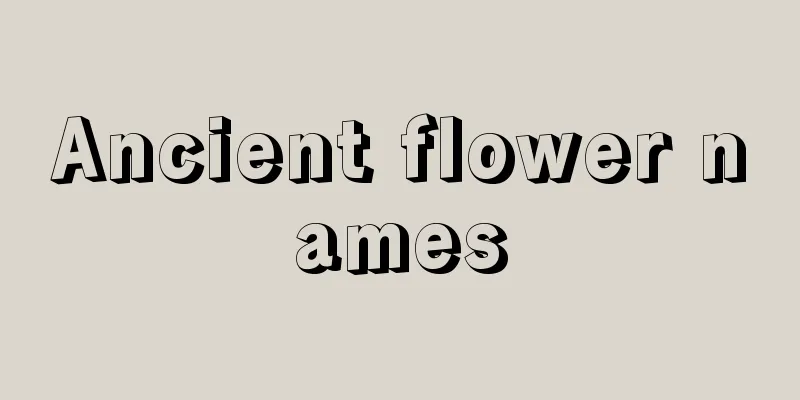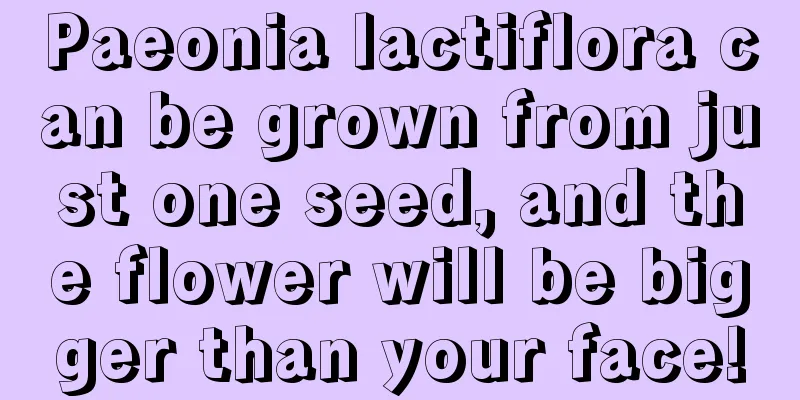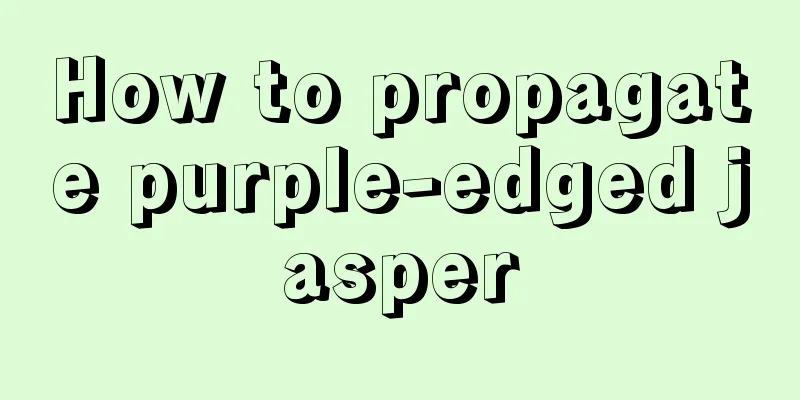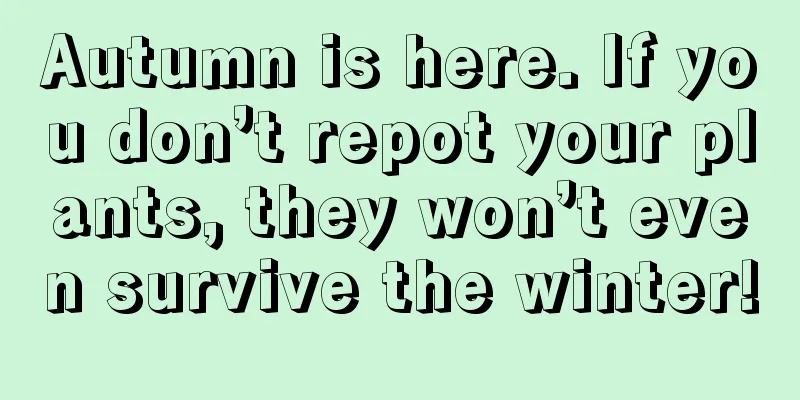Platycodon grandiflorum pests and diseases and their control methods
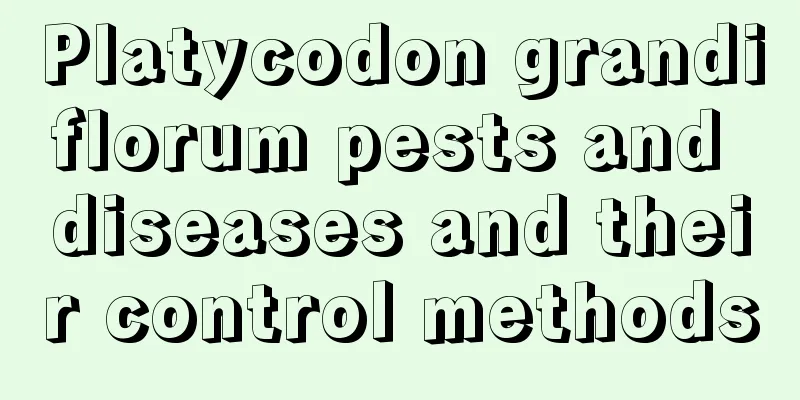
Platycodon pestsIn fact, Platycodon grandiflorum at home is rarely attacked by insects, but when the home environment is hot, humid, or dry, or when the environment changes suddenly, insects can easily find loopholes. Root nematode diseaseRoot-knot nematodes are mainly concentrated in the roots and feed on rhizomes. When an infestation occurs, diseased protrusions appear on the roots and the above-ground stems and leaves wither prematurely. If root-knot nematodes are found, there is no need to spray pesticides. Instead, burying cake fertilizer in the soil to increase soil fertility can reduce the damage to a certain extent. If the pest is serious, it is recommended to remove the plants from the pots outdoors and replace them with new soil. Pseudo-hexapodaThe ground beetle also harms the roots of the plant. This insect usually appears in March and April . Spray 800 times the dilute solution of dichlorodiphenyltrichloroethane in time to kill it. You should also be careful when opening windows for ventilation to prevent pests from flying in from the windows. Platycodon diseasesPurple feather diseaseThe damage is serious in mid- September , and the roots rot in October . In the early stages, the roots of the diseased plants turn red and gradually form a network of reddish-brown hyphae. Of course, these are all changes underground in the early stages. In the later stage, bulges will appear on the soil surface, and purple sclerotia the size of mung beans will appear, and the stems and leaves will gradually die. Prevention and control methods: Repot and change the soil every year, renew the soil, and disinfect in time. Once the disease is found, the diseased plants should be removed in time and 5% lime water can be poured for disinfection. anthraxThe disease is prone to occur during high temperatures and high humidity in July and August , and spreads rapidly, with plants quickly falling over in large numbers. In the early stage, brown spots appear on the stems and gradually spread around. In the later stage, the diseased parts of the plants shrink and fall over. Prevention and control methods: Prevention should be carried out in the seedling stage, spraying 500 times diluted Junte wettable powder once a month; in the early stage of the disease. Spray Bordeaux mixture once every 10 days, and spray 3-4 times in a row. |
<<: Disease control of oleander
>>: Diseases and prevention methods of Aspidistra
Recommend
Basil pests and diseases and their control
Basil diseases and their prevention and treatment...
Feng Shui Effects of Aloe Vera
1. You can cut off your relationship with bad peo...
How often should I water the golden marble?
How often should I water the golden marble? The w...
Papyrus cutting propagation method
Papyrus cutting propagation time Papyrus cutting ...
What are the breeding methods and precautions for Yalezhiwu
How to cultivate the Yale Dance Dancing with Grac...
What to do after daffodils bloom
Maintenance and management of daffodils after the...
Does chili pepper prefer shade or sun?
Does chili pepper prefer shade or sun? Chaotian p...
The role of palace lantern lily
Medicinal value of Lilium odoratum The medicinal ...
What is red vegetable?
What is red vegetable? Red cabbage is a commonly ...
Dahlia cultivation methods and precautions
1. Water Dahlias have thick, juicy, fleshy roots ...
What are the meanings of lily flowers of different colors and what are their meanings when given as gifts?
1. The language of flowers of various colors 1. W...
The effect of aloe vera, pictures of aloe vera
1. Anti-inflammatory and sterilization Aloe vera ...
How to grow wild roses
1. Maintenance methods 1. Temperature: Relatively...
How often should I water my bluebells?
How often should I water my bluebells? In spring ...
Can peach pits be planted? Can peach pits that have just been eaten be used to grow peach trees?
Peach pits can be sown in spring and autumn. Spri...



